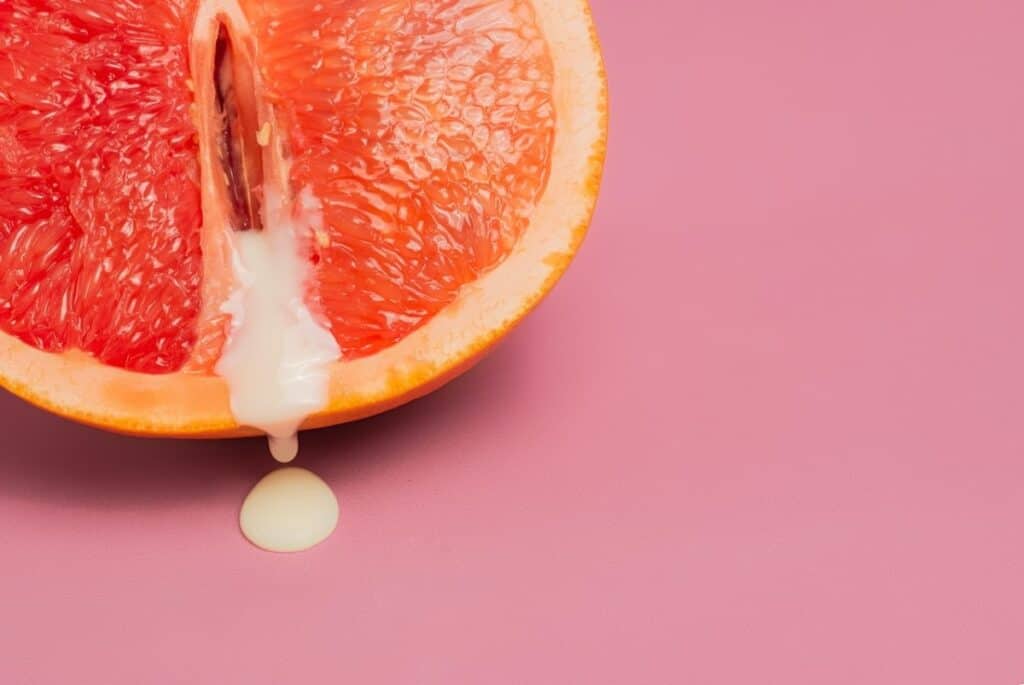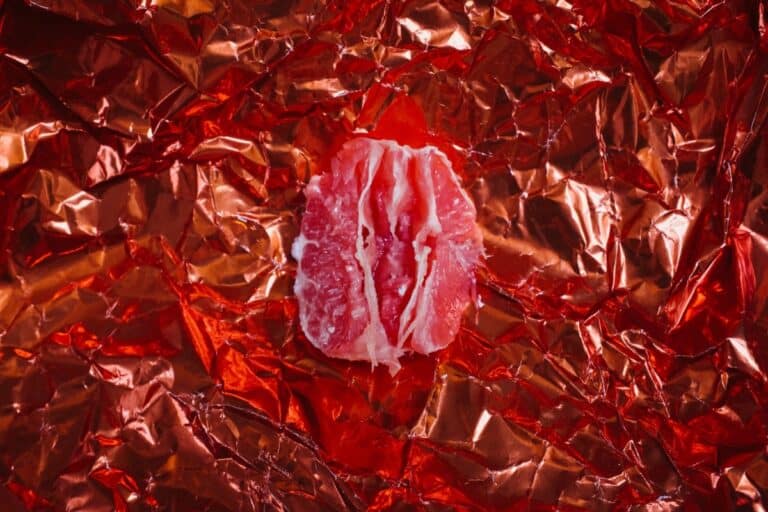Does the Vagina Have Protein?
Have you ever heard the claim that the vagina contains protein?
Maybe you’ve come across it while browsing the internet or discussing sexual health with friends. This myth is surprisingly common, but it’s time to set the record straight.
As someone who is passionate about women’s health, I believe it’s important to clear up misinformation that can cause confusion or even harm.
Before we get started, I want to emphasize why this topic matters. Many people have limited knowledge about female anatomy and are hesitant to seek information due to cultural taboos. As a result, myths and misconceptions spread easily.
So, let’s get started with the topic: “Does the vagina have protein?”
Understanding the vagina
The vagina is an essential part of the female reproductive system, responsible for a variety of important functions. It’s a muscular tube that connects the uterus to the external genitalia, allowing for menstruation and sexual intercourse.
Despite its importance, many people are not aware of the anatomy and function of the vagina. When I was growing up, I received very little education about sexual health and reproductive anatomy. It wasn’t until I started doing my research that I realized how little I knew.

The vagina is a complex structure that includes several layers of tissue and muscle. It has a natural lubrication system that produces fluid to keep the vaginal walls moist and healthy. This fluid, also known as vaginal discharge, helps to remove dead cells and bacteria from the vagina.
While vaginal discharge can vary in color and consistency throughout the menstrual cycle, it generally contains a mix of water, electrolytes, and different types of cells.
However, does it contain protein? Let’s continue.
Understanding protein
Before we delve into whether or not the vagina contains protein, let’s talk about what protein is.
Proteins are made up of amino acids, which are the building blocks of the body’s tissues and organs. They’re responsible for many important functions, including muscle growth, repair, and maintenance, as well as supporting the immune system and hormone regulation.
Proteins are found in a variety of foods, such as meat, fish, eggs, dairy products, beans, and nuts. They’re also available in the form of supplements, which many people use to boost their protein intake.
So, the question remains: does the vagina contain protein? Let’s find out in the next section.
Does the vagina contain protein?
Now to the question that prompted this blog post – does the vagina contain protein? The short answer is: yes, it does, but the amount is relatively low.
Research shows that vaginal fluid contains trace amounts of proteins, such as albumin, transferrin, and immunoglobulins. However, the total protein content is significantly lower compared to other bodily fluids, such as blood or urine.
While it’s true that the vagina contains protein, it’s important to note that it’s not a significant source of dietary protein. In other words, having sex or being exposed to vaginal fluid won’t provide the body with enough protein to meet its needs.
Read next:
Conclusion
In conclusion, the idea that the vagina contains high levels of protein is a myth. While it does contain some trace amounts of protein, it’s not a significant source of dietary protein. I think, the myth may have originated due to confusion about cervical mucus, which has a higher protein content.
As someone who’s passionate about women’s health, I believe that education and awareness about reproductive anatomy and sexual health are essential. By dispelling myths and promoting accurate information, we can ensure that people have the knowledge they need to make informed decisions about their bodies and health.
So let’s continue to educate ourselves and others about the wonders of the human body, and debunk myths that can harm our health and wellbeing.
Remember, knowledge is power!






